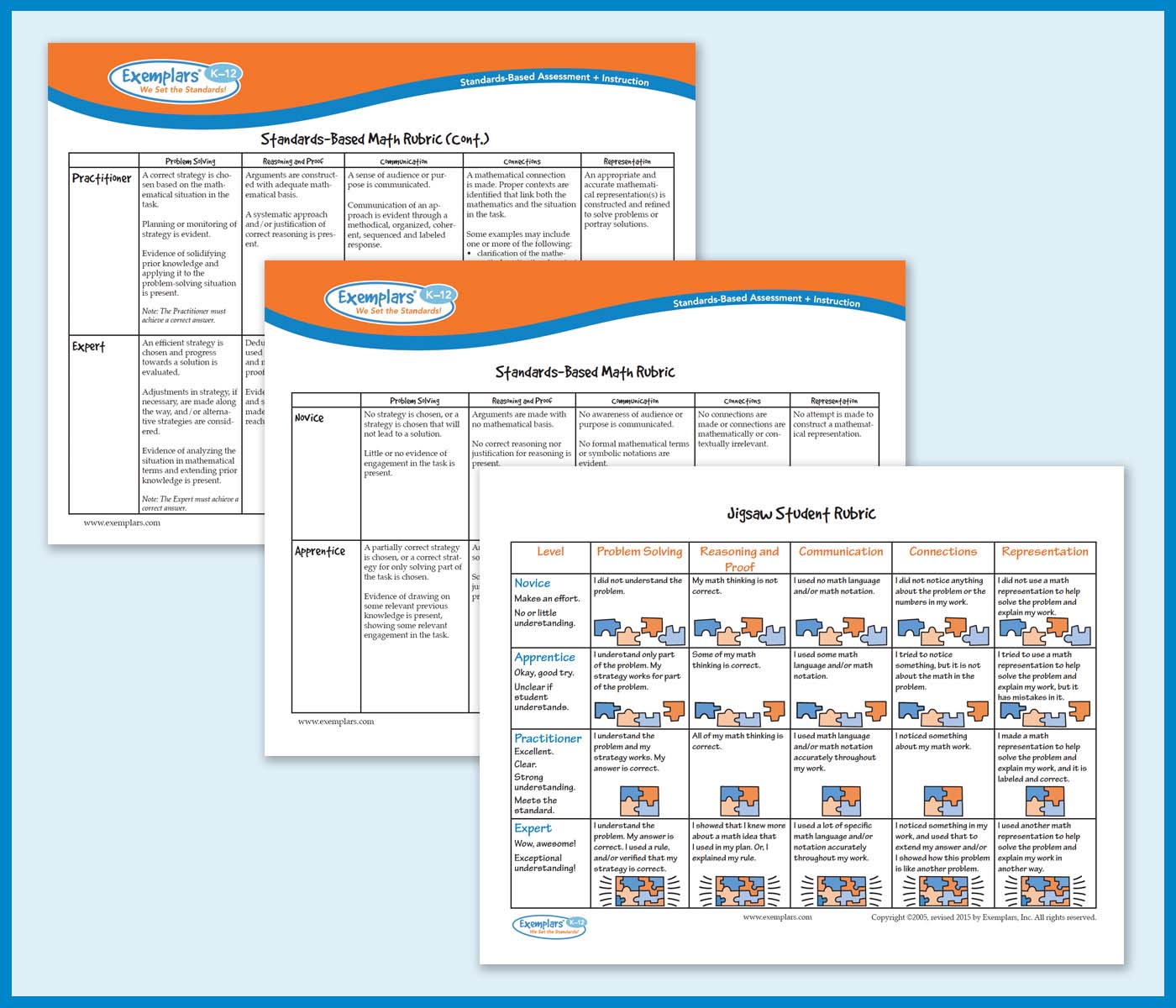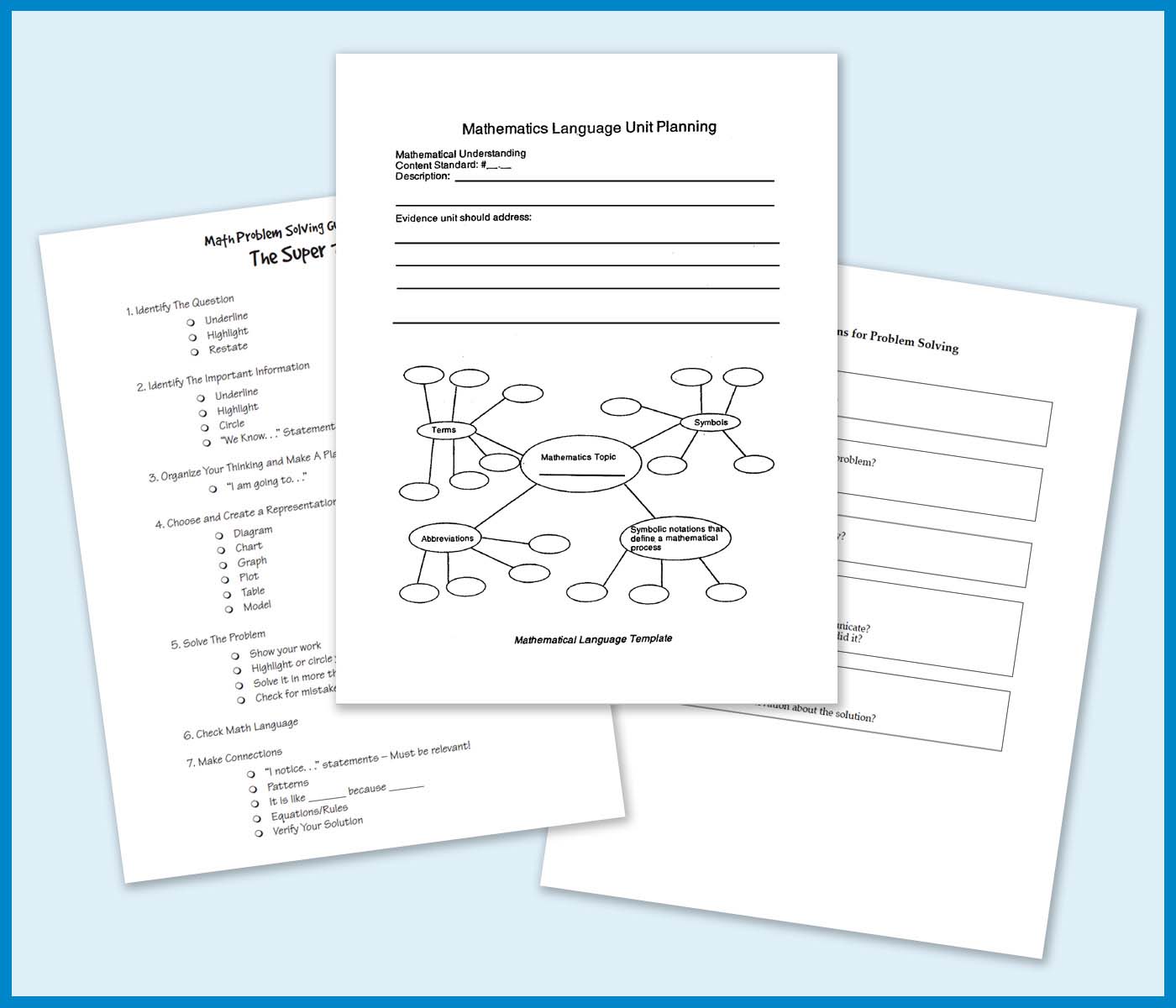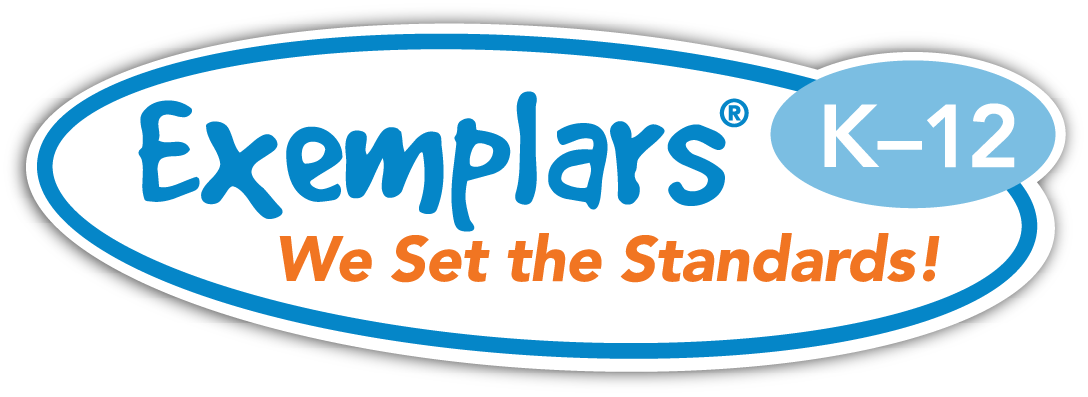Formative Assessment
What is It?
Formative assessment  focuses on improving student performance and classroom instruction. It is contrasted with summative assessment that focuses on accountability and is often done to label, sort, or classify students.
focuses on improving student performance and classroom instruction. It is contrasted with summative assessment that focuses on accountability and is often done to label, sort, or classify students.
Conditions for successful formative assessment include:
- The student and teacher share a common understanding of what constitutes quality work. That is, they have the same standards for achievement.
- Both student and teacher can compare the student's performance to these standards.
- The student assesses as s/he is working on the task at hand and upon completion.
- The teacher may assess the completed work or while the work is in progress.
- Following the assessment, teaching and learning activities are adjusted to close the gap between the student's performance and the standard.
- The teacher not only assesses the student's performance, but also provides feedback (guidance) to the student enabling him/her to improve his/her performance.
- The student will use what s/he has learned from the assessment to improve future performances.
- The teacher also assesses the instruction that preceded the performance. The teacher will adjust his or her instruction based on this assessment.
The resources in this section are designed to help educators better understand this process and how to use Exemplars performance material to support it.
Strategies for Success
The assessment and teaching strategies most closely tied to successful formative assessment are employing effective questions, delivering appropriate feedback, and utilizing self- and peer-assessment. Based on student performance, teaching and learning strategies can be adjusted. Learn new strategies to try »
Rubrics

Exemplars rubrics are excellent tools for assessing student work and for encouraging student self- and peer-assessment. Our performance material includes standards-based rubrics that define what work meets today's standards, allowing teachers (and students) to distinguish between different levels of performance. We also provide tips on how to introduce your students to rubrics.
Anchor Papers
Exemplars performance tasks include anchor papers. Samples of student work are provided at each of the four performance levels of the Exemplars rubric: Novice, Apprentice, Practitioner (meets the standard), and Expert.
Student anchor papers highlight important distinctions for teachers to look for when assessing students. These visual examples can also be useful in providing students with a concrete understanding of what works meets (and doesn't meet) the standard and explaining why. Anchor papers can also be used as a basis for student self- and peer-assessment and in staff development.
Formative Assessment Tools

Studies show that effective classroom assessment has a greater impact on student achievement than any other type of assessment.
To help students and teachers both incorporate and benefit from successful formative assessment practices, Exemplars has made a sample of its professional development material available for use.

